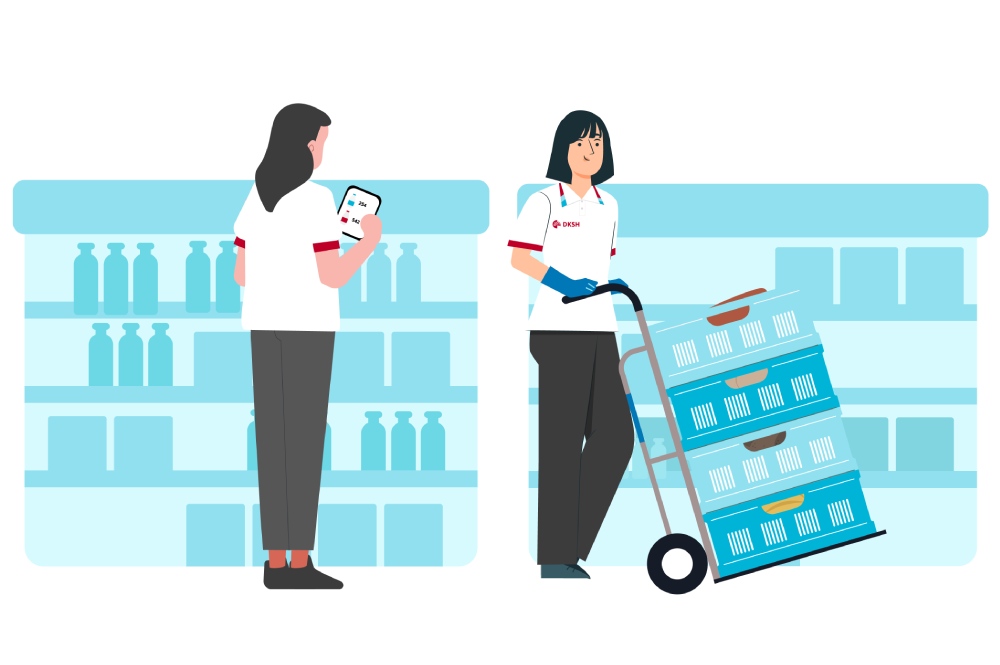This article explores the strategic positioning of products within a store to maximize visibility, attract customer attention, and encourage purchases. We will delve into the psychology behind product placement, understanding consumer behavior, and leveraging store layout to optimize sales.
Product placement in retail refers to the strategic positioning of products within a store to maximize visibility, attract customer attention, and encourage purchases. This strategy is not just about organizing products on shelves; it is about understanding consumer behavior, leveraging store layout, and utilizing psychological principles to optimize sales.
The Psychology of Product Placement
At the core of product placement is the understanding of consumer psychology. The way products are arranged can influence customer perception and buying behavior. For instance, placing items at eye level can increase their likelihood of being noticed and purchased. Products positioned at the end of aisles are also more likely to attract attention due to their high visibility.
Zone Design and Customer Flow
Retail stores are typically divided into zones based on product categories and customer flow. The decompression zone, just inside the store entrance, is where customers orient themselves. It is crucial not to place high-priority items here, as shoppers are adjusting to the new environment. The right side of the store is often more frequented initially due to most people's tendency to turn right upon entering. Strategic placement of popular or promotional items in this area can capitalize on natural customer flow.
High-Traffic and High-Visibility Areas
Identifying high-traffic areas within a store is crucial for effective product placement. These are spots where customers naturally pass through or congregate, such as near the entrance, checkout counters, and central aisles. Placing new arrivals, promotional items, or high-margin products in these areas can significantly increase their exposure.
Eye-Level Placement
The adage "eye level is buy level" holds true in retail merchandising. Products positioned at eye-level shelves are more likely to catch attention and subsequently be purchased than those on lower or higher shelves. This strategy is particularly effective for target demographics; for example, placing children's products at their eye level, which is lower than adults'.
The Power of Impulse Purchases
Impulse buys account for a significant portion of retail sales. Strategically placing impulse items, typically lower-priced goods like candies, magazines, or small accessories, near checkout areas can capitalize on customers' last-minute purchase decisions. This is a critical moment when the customer is waiting and likely to browse nearby items.
Cross-Merchandising Techniques
Cross-merchandising involves placing complementary products near each other. For example, displaying cooking utensils next to food items or placing socks near shoes can encourage additional purchases. This strategy boosts sales and enhances customer convenience by grouping related products together.
Utilizing Shelf Space Efficiently
Efficient use of shelf space is a critical element of product placement. This involves organizing products to maximize shelf space without appearing cluttered. Techniques such as vertical merchandising, where products are displayed in vertical columns, can make it easier for customers to view and access different items at various heights.
The Role of Signage and Information
Effective signage plays a significant role in guiding customers and highlighting products. Informational signs can direct customers to specific products or categories, while promotional signage can draw attention to deals, new arrivals, or exclusive items.
Seasonal and Thematic Displays
Seasonal and thematic displays are powerful product placement strategies. Aligning product displays with seasons, holidays, or current events can attract customer interest and create a timely connection. For example, a special display for back-to-school products or holiday-themed items can attract customers looking for specific seasonal purchases.
Incorporating Flexibility in Product Placement
The retail environment is dynamic, and consumer trends can shift rapidly. Therefore, retailers need to incorporate flexibility in their product placement strategies. Regularly rotating products, testing different placement strategies, and adapting to consumer feedback and sales data are crucial for maintaining a compelling retail environment.
Leveraging Technology for Product Placement
Technology, particularly data analytics and AI, is increasingly used to optimize product placement. By analyzing customer behavior, sales patterns, and store traffic, retailers can make data-driven decisions about where to place products for maximum impact.
The Impact of Online Retail on Product Placement
The rise of online retail has also influenced product placement strategies in physical stores. The online shopping experience is often more personalized, and physical stores are adapting by offering more curated and targeted product placements that cater to specific customer preferences and behaviors.









